Sports Employment and Collective Bargaining Agreements in the United States
Professional sports in the United States are almost a world by themselves when it comes to labor relations. Professional sports franchises in the United States usually have separate owners but the interests of the owners are unified as a league. The collective bargaining process in the US sports industry has commenced as a tool to protect the welfare and rights of professional athlete-employees and currently the three most popular sports in the US, baseball, basketball and American football, are heavily unionized.
Collective bargaining agreements in professional sports are agreements amongst a sports league’s owners and players. A collective bargaining agreement for a specific league sets forth a set of agreed upon rules regarding the split of league revenues between the teams and the players, the level of salary caps imposed to teams, player transfers restrictions, player safety issues, player drafting provisions, free agency requirements, disciplinary rules, etc. Collective bargaining agreements play a substantial role in shaping how a specific league operates because they constitute the core authority of a specific league, its players and their agents, its team owners and the league’s management.
During the collective bargaining process the parties involved are obliged to discuss the mandatory subjects which include the players’ salaries, working conditions and work hours. The mandatory items that are discussed during the collective bargaining process cover the base salaries of players, the number of games they will play per season, whether their contracts are guaranteed by the league, player transfer procedures, their medical coverage, retirement plans, injury and non-injury grievances, club discipline procedures and access to the personal files/data of players.
In addition to the mandatory subjects the parties may also discuss any other subjects which are called ‘permissive subjects’. It should be noted though that either of the parties involved in the collective bargaining process may lawfully refuse to negotiate over permissive subjects.
Sports Employment and Collective Bargaining Agreements in Europe
In Europe, the sports employment relationship and its regulation is basically left to the parties controlling the particular sport. The Council of Europe has taken a different stance than the United States by noting that ‘the regulatory oversight of sport must focus on the promotion of sport for all as a means of improving quality of life’.
The lack of European state regulation has led to the development of the sports industry’s own private norms (the lex sportiva), which allowed sports leagues and sports governing bodies to essentially define their own employment relationships, which for the most part do not include unionization. In addition, sports leagues and sports governing bodies are in a rather monopolistic position since athlete-employees of a particular sports league have to accept the terms of their governing bodies in order to possibly participate in the particular sport. It should be noted that in all of Europe, the ownership of the players does not rest with the league but with the individual clubs.
For example, in the FA Premier League in the UK, players are required to sign a contract with their club and they are required to register their contract with the Football Association and the Premier League. This contract has to abide to the terms established by the standard FA Premier League contract which all players have to sign. The contract terms include the length of the contract, the commercial use of the player’s image by the club, the compensation of the player, additional winning/playing bonuses, etc. However, when a player or rather a player’s agent negotiates a playing contract, there is a lot of freedom in the negotiation of the most important contract terms such as compensation, playing bonuses, contract duration, etc. Therefore such negotiation will be done taking into account the athletic skills and abilities as well as the perceived ‘stardom status’ of the player.
The Dutch Football collective bargaining agreement regulates important terms and conditions of employment for the Dutch players who are registered with the Royal Netherlands Football Association and who play for clubs which are also registered with the above association. This agreement provides for 100% pay during sickness, collective accident insurance, a players’ pension fund and the provision of post career training and education. The Dutch Football collective bargaining agreement basically sets the minimum that a club may agree with its players. Consequently, after the minimum conditions have been met, both clubs and players have the freedom to agree upon terms and conditions which are more favorable for the players.
It is obvious from the above that the US and the European sports models are entirely different when it comes to the labor relations between leagues, clubs and players. Under the US model, the players are owned by the league with contracts that are the result of collective bargaining. In the European sports model there exists a system of leagues with member clubs which have independent control of themselves and they are the owners of the individual players. Other than a few basic terms, playing contracts and compensation terms are freely negotiated between the individual players and the clubs.
For more information on collective bargaining agreements and how they may affect the contract negotiation of sports professionals in different parts of the world, you may get in touch with us at [email protected]

